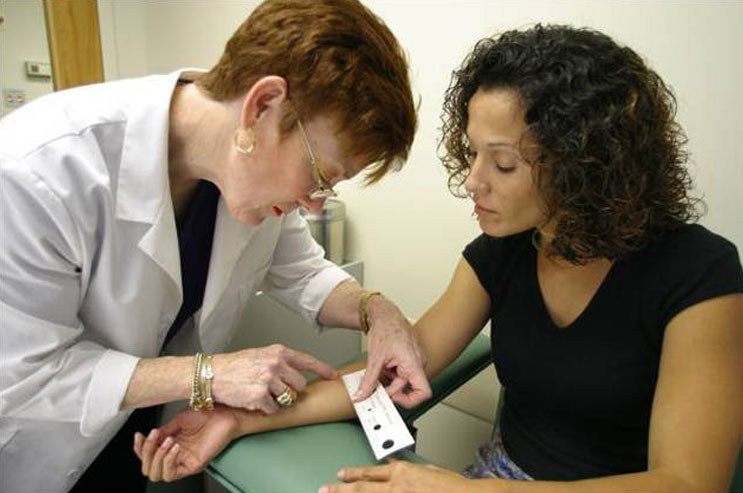By Ron Conte, Pharm.D.

Human Clinical Trials
Phase I usually involves 20 to 100 healthy volunteers or patients with the disease to be treated with the new drug. The length of the study may run for several months. The purpose of this phase is to determine safety and appropriate dosage of the new drug. Around seventy per cent of drugs tested in Phase I move on to Phase II. Drugs that fail this phase are usually found to be toxic at most doses tested in humans.
The third phase usually involves 300 to 3,000 volunteers with the disease or condition to be treated. A longer period of time is invested, possibly one to four years. The purpose of Phase III is to determine efficacy and monitor adverse reactions in a larger population.
The drug manufacturing company then fills out a formal new drug application (NDA). Then all the drug data gathered from the three phases is reviewed by the FDA for drug safety and effectiveness. The review process also includes proposed drug labeling and information. The FDA will more than likely inspect the manufacturing facility for quality control.
Post-Marketing Surveillance
There is always post-marketing surveillance by healthcare providers to uncover long-term effects of drugs. For example, Vioxx, a drug used to treat more severe arthritic conditions was on the market for five years before the drug manufacturer decided to remove it.
Although the makers of Vioxx knew about the drug’s increased rates of heart attacks and strokes when it was first marketed, and, although the company alerted the FDA, no one mentioned these dire side effects to the general public or to patients taking Vioxx.
It took post-marketing surveillance by healthcare providers attesting to the increased numbers of patients suffering from heart attacks, strokes, and deaths due to Vioxx to get this drug removed from the market. Remember what I have mentioned in previous articles about “let the buyer beware”?
Fast Track Status
It is possible to apply for Fast Track status to expedite the review process. This track is employed by a drug manufacturer for an investigational drug or approved drug used to treat serious conditions. Factors the FDA will consider for Fast Track are: 1) to increase survival, 2) to improve day-to-day functioning, 3) to prevent the condition from progressing to a more severe or fatal stage, or 4) to allow for additional indications of drug use. The Fast Track requires the drug company to be in close contact with the FDA throughout the process.
At times drug manufacturers have skirted the formal review process for adding new indications of use. The FDA may demand a cease and desist from promoting a drug for non-approved indications or even levy heavy fines for not submitting the appropriate research data.
If you had a chance to see 60 minutes on May 6, there was an interesting piece about drug price gouging. I referred to this practice in my last article. The television segment addressed the Acthar price that rose from $40 in 2001 to currently about $40,000 per vial.
Mallinckrodt, the supplier of Acthar, claims that the increase in this drug cost is partly due to the fact that the company has done additional research and development for expanding the indications of the drug. However, the company has not shared that additional research information with the FDA. Mallinckrodt claims that their additional research is proprietary and confidential. Really. This position taken by Mallinckrodt is in direct violation of drug safety rules and regulations.
Drug manufacturers and various Members of Congress are asking for more lenient guidelines for Fast Track status. If this should occur, then those of us who are taking a new drug, and paid a high price to obtain it, become phase III volunteers in a sense without our approval. As a pharmacist, I believe more adverse effects will be evident in patients when a drug is approved for use to the general public when it has only gone through the Fast Track process. It is possible that the yet unknown side effects could be very severe, even leading to death.
With that, as promised, my next article will be about drug recalls. Following that, I would like to provide a series of articles about the journey and life of a drug as it travels through the human body. Why does one drug only last four hours in the body while another may be working for over 24 hours? Why does one patient get more side effects from a drug when another patient does not get any? Stay tuned.
•••
Opinions and statements in this article are those of the author only and do not necessarily reflect those of neither the newspaper’s editors nor its publisher.